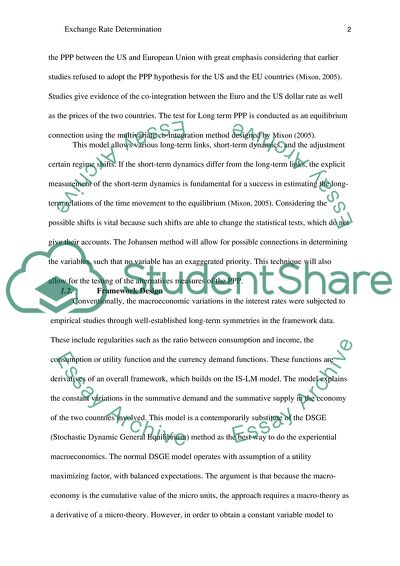Cite this document
(“Long-term Purchasing Power Parity Essay Example | Topics and Well Written Essays - 3750 words”, n.d.)
Long-term Purchasing Power Parity Essay Example | Topics and Well Written Essays - 3750 words. Retrieved from https://studentshare.org/finance-accounting/1652680-long-term-purchasing-power-parity
Long-term Purchasing Power Parity Essay Example | Topics and Well Written Essays - 3750 words. Retrieved from https://studentshare.org/finance-accounting/1652680-long-term-purchasing-power-parity
(Long-Term Purchasing Power Parity Essay Example | Topics and Well Written Essays - 3750 Words)
Long-Term Purchasing Power Parity Essay Example | Topics and Well Written Essays - 3750 Words. https://studentshare.org/finance-accounting/1652680-long-term-purchasing-power-parity.
Long-Term Purchasing Power Parity Essay Example | Topics and Well Written Essays - 3750 Words. https://studentshare.org/finance-accounting/1652680-long-term-purchasing-power-parity.
“Long-Term Purchasing Power Parity Essay Example | Topics and Well Written Essays - 3750 Words”, n.d. https://studentshare.org/finance-accounting/1652680-long-term-purchasing-power-parity.


